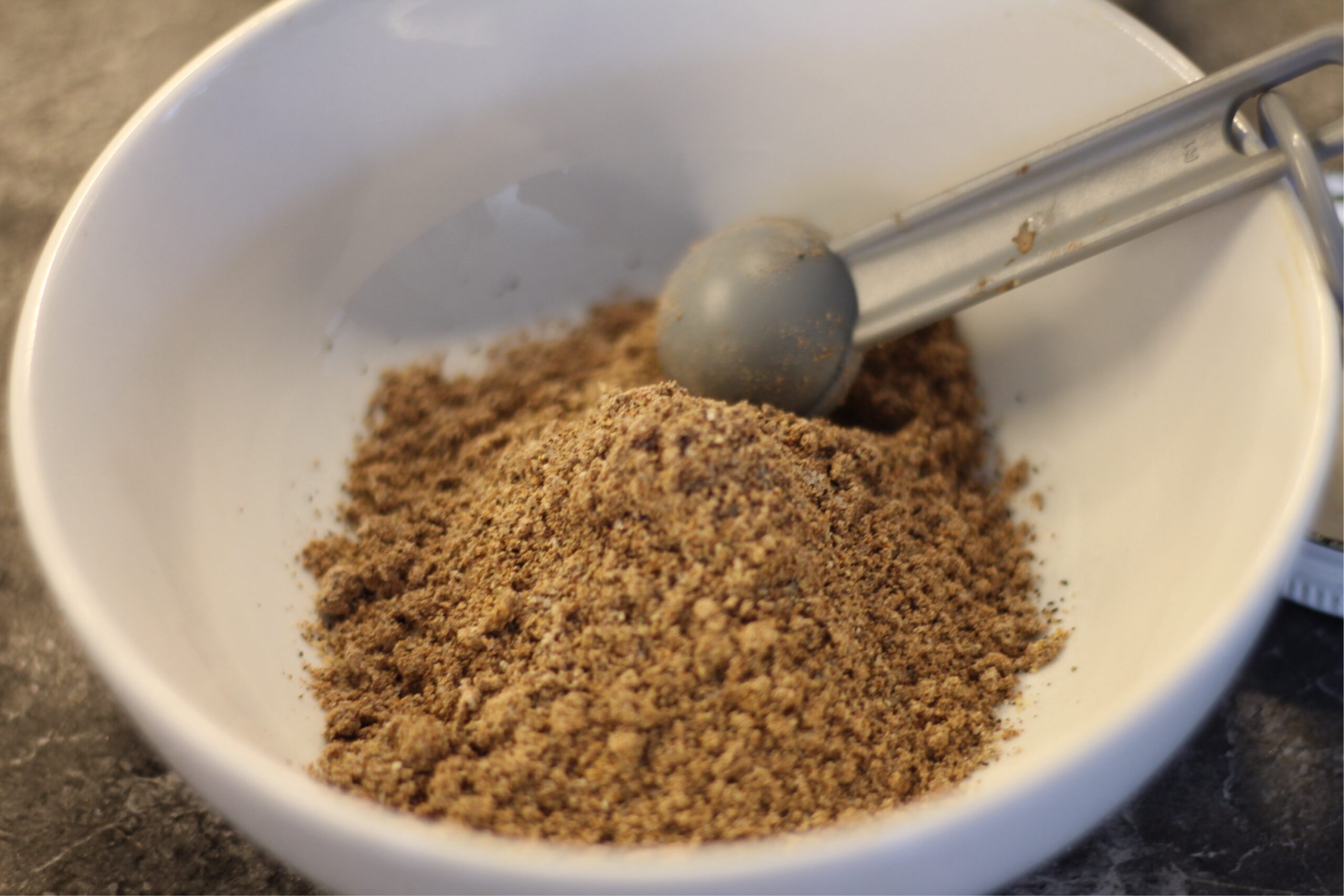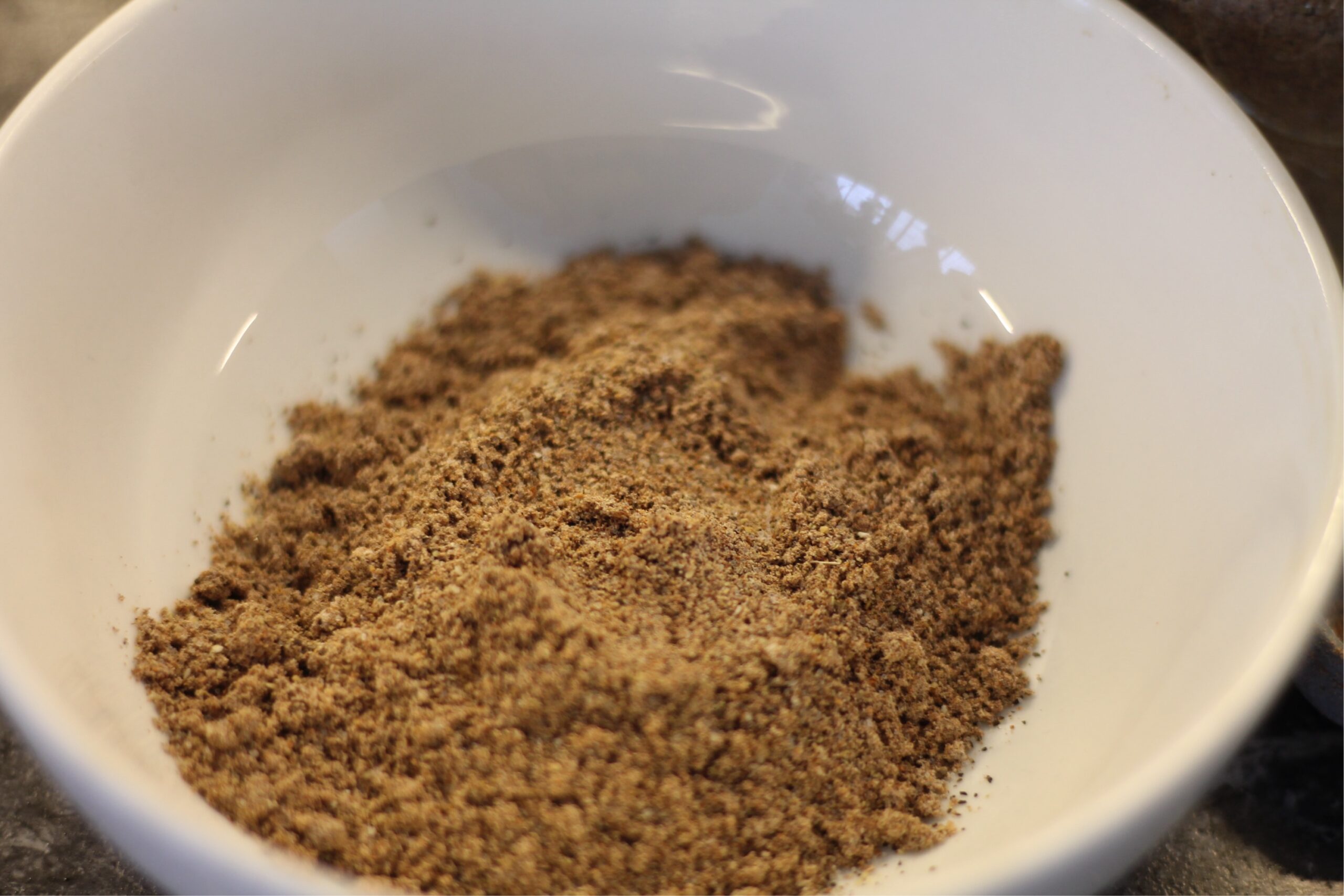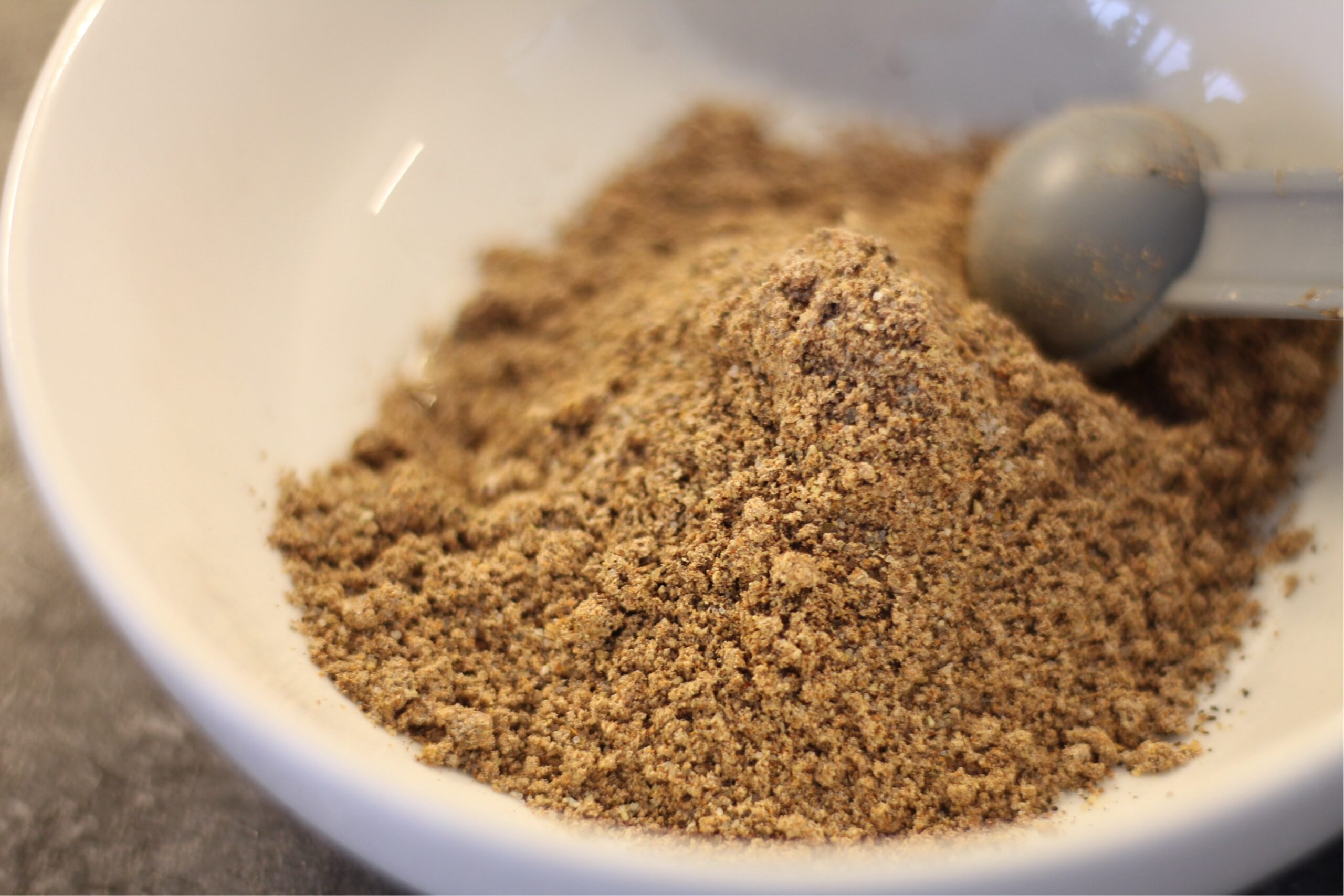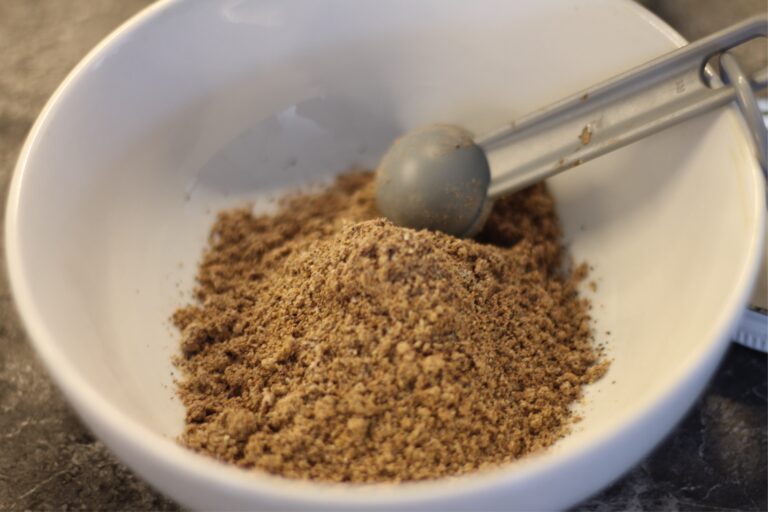
Taco Seasoning
This Taco seasoning bursts with bold personality. The moment I open the jar, a wave of smoky chili powder and sharp cumin hits me, instantly transporting me to my favorite street taco stand. Then, the kick of paprika and cayenne ignites the air, making my mouth water with anticipation. As I mix it into sizzling ground beef, the spices cling, sear, and transform the ordinary into something irresistible.
Next, the zesty tang of garlic and onion powder punches through, rounding out the flavor like a perfectly timed drumbeat. Meanwhile, a subtle sprinkle of oregano grounds everything, tying together the heat with a touch of earthiness. With every stir, the aroma intensifies, promising a meal that’s anything but boring.
By the time it’s done, taco night has gone from routine to ritual. And honestly, I wouldn’t have it any other way.
History of Tacos
Ancient Roots: The Birth of the Taco
Tacos began as a practical invention by Indigenous peoples in Mesoamerica, who used freshly made corn tortillas to wrap and carry foods like roasted fish, beans, and squash. These early tacos weren’t about flair—they were fuel, created to be eaten on the go. As people hunted, farmed, and traveled, tortillas became their edible tools—flexible, filling, and fast.
Colonial Collision: New Ingredients, New Directions
With the Spanish conquest came dramatic change. European ingredients like pork, beef, cheese, and spices collided with native flavors, creating richer, more layered tacos. Instead of fading, the tortilla embraced the newcomers. Regional styles blossomed, as tacos took on the flavors of coasts, valleys, and highlands, adapting to every environment and palate.
Industrial Spark: Tacos and the Miners
In the 1700s, silver miners in Mexico used the word “taco” to describe paper-wrapped gunpowder charges—small, explosive, and tightly packed. It wasn’t long before the food followed suit. Street tacos, filled with spicy meats and salsas, became the go-to fuel for laborers. Quick, portable, and bold, tacos thrived in the noise and rush of working-class cities.
Border Crossings: The Taco Hits the U.S.
By the early 1900s, tacos crossed into the United States with Mexican immigrants. In border towns and growing cities, tacos began winning over American appetites. Street vendors, especially the famed “chili queens,” served up sizzling tortillas packed with flavor. In the 1950s, fast food chains like Taco Bell transformed the taco into a crunchy, quick meal for the masses.
Global Fusion: The Modern Taco Renaissance
If you want to find out more about the history of title, here is where I found some of my information!
This post may contain affiliate links. See full disclosure here.

Ingredients & Substitutes
- Chili powder
- Ground cumin
- Sea salt
- Ground black pepper
- Ground paprika
- Garlic powder (optional)
- Onion powder (optional)
- Cornstarch or arrowroot powder
How to Make Taco Seasoning
Whisk all the spices together until fully blended, then transfer the mixture into a clean, airtight 32 oz jar to lock in freshness. When it’s time to cook, reach for this bold blend and sprinkle in 3 tablespoons of seasoning for every pound of meat. Stir it in as the meat browns, letting the flavors sear, soak, and come alive with every bite.

Common Questions
- Can I use taco seasoning for things other than tacos?
Absolutely! Feel free to boost soups, stews, chili, roasted veggies, grilled meats, beans, and even scrambled eggs with this flavorful blend. - Is taco seasoning spicy?
It depends on the mix you choose. Most blends deliver a mild kick, but you can easily turn up the heat by adding cayenne pepper or crushed red pepper flakes. - How much taco seasoning should I use per pound of meat?
Start by sprinkling 2 to 3 tablespoons of seasoning per pound of meat. Adjust to taste as you simmer and let the flavors deepen. - Is store-bought taco seasoning the same as homemade?
Not quite. Store-bought versions often contain preservatives, added sugars, and anti-caking agents. In contrast, homemade blends offer fresher, customizable, and cleaner flavors. - Can I make a salt-free or low-sodium version?
Definitely! Simply skip or reduce the salt in your mix, then fine-tune the seasoning while cooking to suit your preferences. - How long does homemade taco seasoning last?
When you store it in an airtight container away from heat and moisture, your blend can stay fresh and flavorful for up to six months. - Can I use it for vegetarian or vegan dishes?
Absolutely! This seasoning enhances lentils, tofu, tempeh, black beans, and roasted vegetables, bringing bold flavor to every bite.
Other Favorite Allergy Friendly Recipes








The BEST Allergy Friendly Taco Seasoning & Tacos
This makes enough for 1 pound of taco meat or rice and 2-3 kinds of beans if making vegan. This is my favorite recipe for tacos! If you want a bulk version of this recipe click here.
- Total Time: 2 minutes
- Yield: About 2 TB seasoning 1x
Ingredients
- 2 tsp chili powder
- 1 tsp ground cumin
- 1 tsp sea salt
- ¼ tsp black pepper
- ¼ tsp paprika
- 1/8 tsp garlic powder (optional)
- 1/8 tsp onion powder (optional)
- 2 tsp cornstarch or arrowroot powder
Instructions
- Mix seasonings all together and season 1 pound of meat as it cooks in a pan on medium heat, till browned.
- Serve with desired sides: allergy friendly tortillas (contains coconut), corn chips, romaine lettuce, tomatoes, olives, beans, rice, avocado, vegan sour cream, and soy free veganaise.
- Prep Time: 2 Min

I like the helpful information you provide in your articles. I will bookmark your weblog and check again here regularly. I’m quite certain I will learn lots of new stuff right here! Good luck for the next!